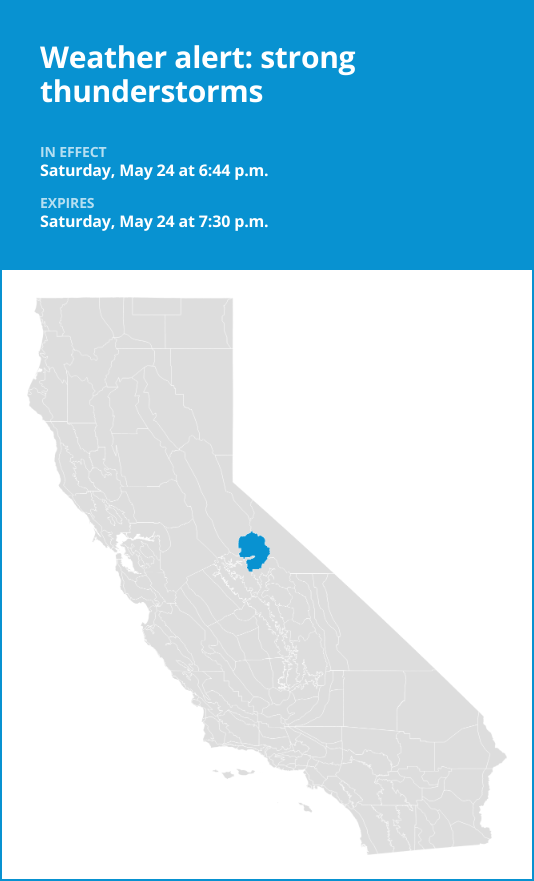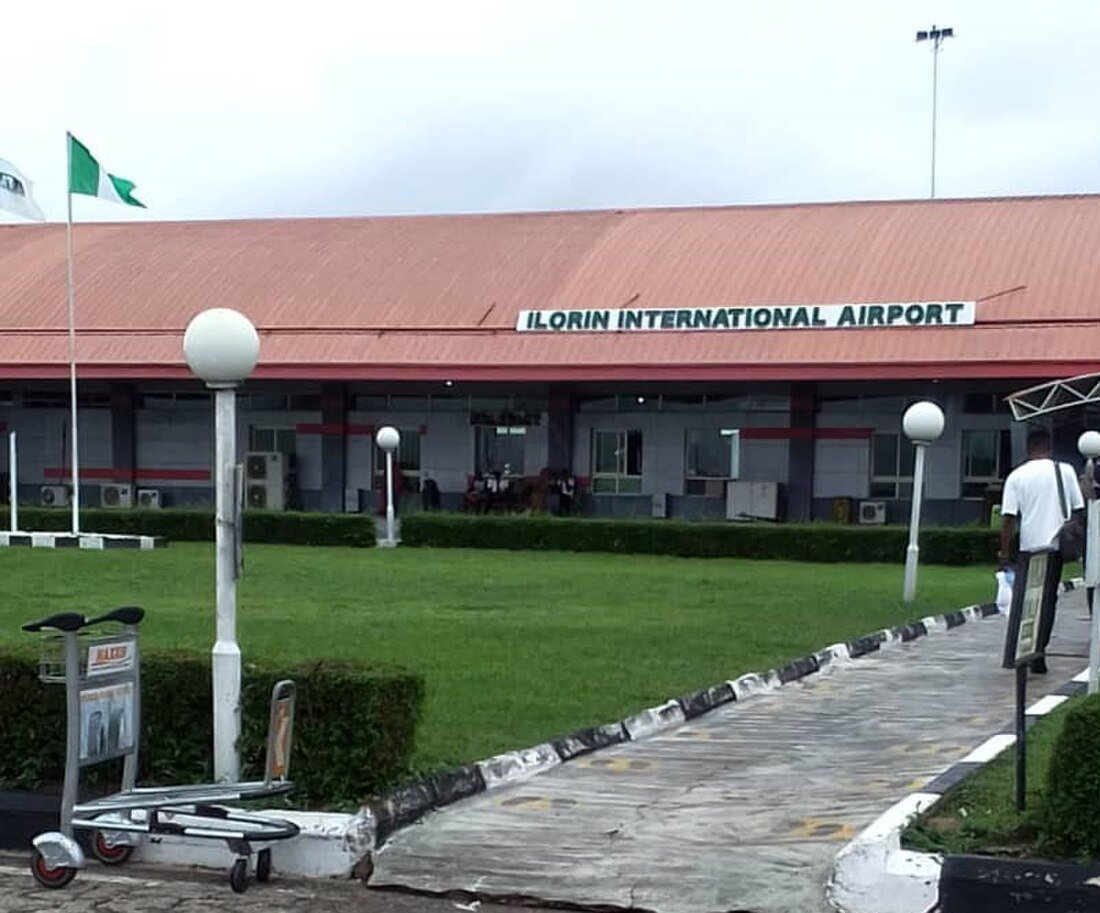Update: Thunderstorms with marble-sized hail in Yosemite Saturday, gusts may reach 40 mph
The National Weather Service issued an updated report at 6:44 p.m. on Saturday for strong thunderstorms in effect until 7:30 p.m. for Yosemite.
Anticipate marble-sized hail (0.5 inches) and wind gusts of up to 40 mph.
“At 6:44 p.m., Doppler radar tracked a strong thunderstorm near Yosemite Valley, or 20 miles northeast of Yosemite South Entrance, moving south at 5 mph,” says the NWS Hanford CA. “Gusty winds could knock down tree limbs and blow around unsecured objects. Minor hail damage to vegetation is possible.”
Locations impacted by the alert include Merced Lake High Sierra Camp, Little Yosemite Valley Ranger Station, Morraine Dome Campground, Sunrise High Sierra Camp, Little Yosemite Valley Campground and Merced Lake Ranger Station.
According to the NWS, “This storm may intensify, so be certain to monitor local radio stations and available television stations for additional information and possible warnings from the National Weather Service.”

Lightning strikes the United States approximately 25 million times each year, with the bulk of these electrical discharges occurring during the summer months. Tragically, lightning claims the lives of about 20 individuals annually, as reported by the NWS. The risk of lightning-related incidents escalates as thunderstorms draw near, reaching its peak when the storm directly looms overhead. However, it gradually recedes as the tempest moves away.
To guarantee your safety in the midst of a thunderstorm, take into account the following recommendations:
Lightning safety plan:
Indoors safety measures:
Wait for the all-clear:
When indoor shelter isn’t available:
If you find yourself outdoors with no access to indoor shelter during a thunderstorm, take these steps to maximize your safety:
- Do not approach water bodies, wet objects, or metal items. While water and metal don’t attract lightning, they conduct electricity effectively and can pose significant risks.
In summary, when facing the threat of lightning, preparedness and vigilance are your best allies. By following these guidelines, you can significantly reduce the likelihood of lightning-related incidents and prioritize your safety.
When heavy rain pours, the risk of flooding and treacherous roads rises. Here’s your guide from the NWS to staying safe during downpours:
Beware of rapid water flow:
Avoid parking or walking in close proximity to culverts or drainage ditches, as the swiftly moving water during heavy rain can potentially carry you away.
Maintain safe driving distances:
Use the two-second rule to maintain a safe distance from the car in front of you and allow an extra two seconds in heavy rain.
Slow down and drive with care:
On wet roads, reducing your speed is crucial. Ease off the gas pedal gradually and avoid abrupt braking to prevent skidding.
Choose your lane wisely:
Stay toward the middle lanes – water tends to pool in the outside lanes.
Prioritize visibility
Turn on your headlights and be careful of other vehicles to the rear and in blind spot areas as they are especially difficult to see through rain-spattered windows.
Watch out for slippery roads:
The first half-hour of rain is when roads are slickest due to a mix of rain, grime, and oil. Exercise heightened caution during this period.
Keep a safe distance from large vehicles:
Large trucks and buses can reduce your visibility with tire spray. Avoid tailgating and pass them swiftly and safely.
Mind your windshield wipers:
Heavy rain can overload the wiper blades. When visibility is so limited that the edges of the road or other vehicles cannot be seen at a safe distance, it is time to pull over and wait for the rain to ease up. It is best to stop at rest areas or other protected areas.
When stopping by the roadside is your only option, position your vehicle as far off the road as possible, ideally beyond guardrails. Keep your headlights on and activate emergency flashers to alert other drivers of your position.
By following these safety measures, you can significantly reduce risks and ensure your well-being when heavy rain pours down. Stay informed about weather conditions and heed advice from local authorities to make your journey safe and sound.
Originally Published:
Sourcing & Methodology
This article was generated by software that analyzes National Weather Service warnings and advisories and creates an article based on templates created by humans. Our data comes from publicly available information. You can report errors to [email protected]










